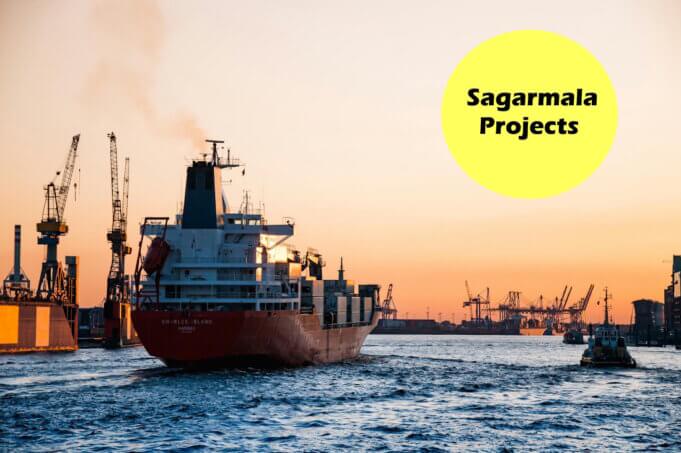The Sagarmala Programme, an ambitious initiative by the Ministry of Ports, Shipping, and Waterways, serves as India’s flagship endeavour to promote port-led development by leveraging the nation’s extensive 7,500 km coastline, 14,500 km of navigable waterways, and its strategic position on key international maritime trade routes. Under this programme, approximately 839 projects, with an estimated investment of ₹5.5 lakh crore, have been identified for execution. These projects involve multiple stakeholders, including Central Ministries, the Inland Waterways Authority of India (IWAI), Indian Railways, the National Highways Authority of India (NHAI), State Governments, and Major Ports. So far, 272 projects have been successfully completed, amounting to an investment of approximately ₹1.41 lakh crore.
To ensure timely execution, the Ministry holds regular interactions with State Maritime Boards (SMBs), State Governments, Union Territory administrations, and Central Line Ministries. These discussions, conducted through project-specific and state-level meetings, aim to address concerns and resolve challenges related to the Government of India. Additionally, the Ministry convenes Maritime States Development Council (MSDC) meetings and encourages coastal States and Union Territories to organize State Sagarmala Committee meetings. Such platforms foster collaboration among stakeholders and facilitate the expeditious implementation of Sagarmala projects. To date, 20 MSDC meetings have been held to align efforts among State Governments and other participants.
At the apex of the Sagarmala Programme framework, the National Sagarmala Apex Committee (NSAC) has been constituted. This high-level body provides overall policy guidance, coordinates activities, and reviews the planning and execution of projects under the programme.
The core objectives of the Sagarmala Programme extend beyond economic and infrastructural development. By modernizing and expanding Indian ports, the initiative strengthens India’s strategic presence in the Bay of Bengal, the Arabian Sea, and the broader Indian Ocean region. This strategic positioning enhances India’s maritime trade capabilities both domestically and globally, aiming to establish the nation as a prominent global maritime hub. Moreover, these developments contribute to India’s competitiveness in the region, bolstering its standing vis-à-vis neighbouring countries.
Cover photo: www.pexels.com











